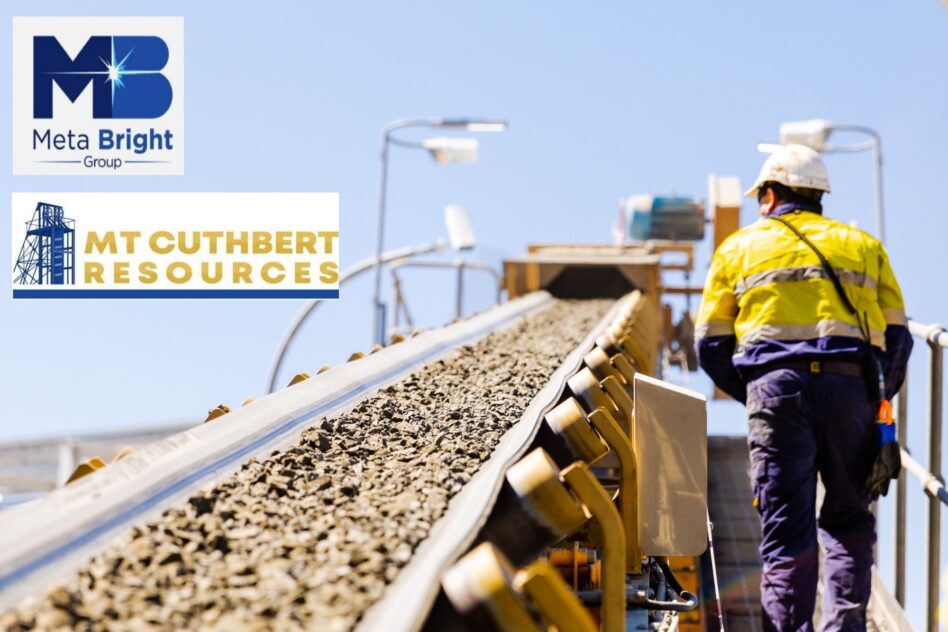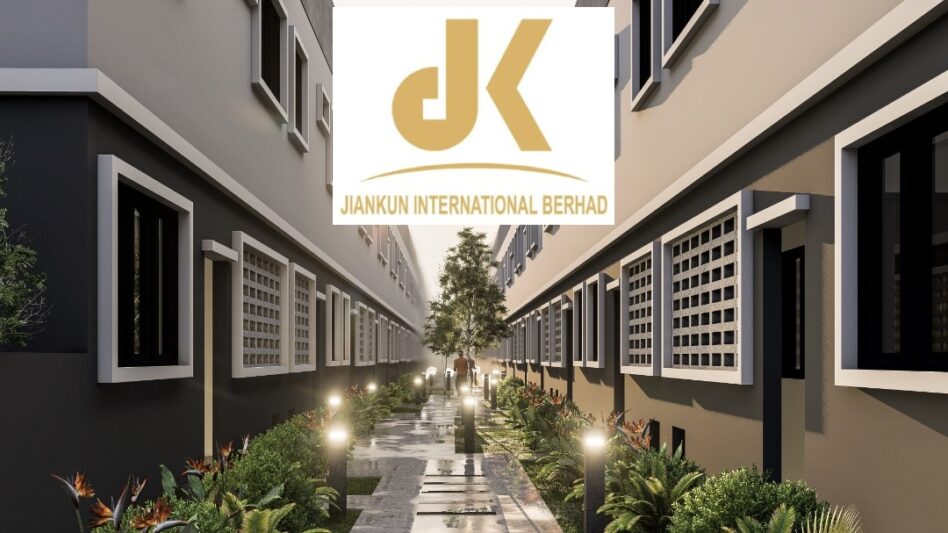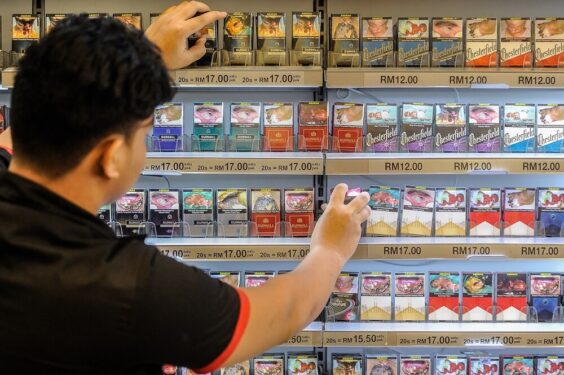By S Laxmi
LAST year alone, there were a total of 206 accidents at construction areas in Malaysia. In 2019, a total number of 326 occupational accident happened.
The number of occupational accidents was lower last year as several construction projects were put on hold due to the pandemic.
In a nutshell, safety is the utmost important aspect in construction or any other sectors. It does not only affect workers’ lives but also others at the site, directly or indirectly. Therefore, construction workers and their employers are well-trained and must adhere to a strict standard operating procedure (SOP).
The Department of Occupational Safety and Health (DOSH) serves to maintain and enforce standards for workplace safety in construction and other industries.
The agency does not only make sure you have got your safety helmet on, as it examines the overall picture when it inspects a construction project.
Among the things it looks into include the safety of the building design and the methods used to construct the building.
DOSH compliance is an important aspect of any project design and throughout the construction work, and project managers must remain familiar and vigilant of guidelines as well.
Safety and quality in construction
First, we must understand the difference between quality control (QC) and quality assurance (QA). On the surface, they might appear to be the same but in essence, they cannot be used equivalently.
The easiest way to understand the difference is that QC has to do with the final product, whereas QA is about ensuring the processes followed correctly to achieve the final product.
QC looks at a final product and asks whether it was built correctly. This is where the drawings, dimension and specification are followed to the dot.
As for QA, it monitors the whole process and ensures that it is being implemented correctly to produce the desired results.
So, what does QA in construction have to do with safety? QA is a process-oriented practice, and ensuring worker safety is as much a part of any construction project as pouring concrete.
Failure Modes and Effects Analysis (FMEA)
Hazard identification, risk assessment and control (HIRAC) is commonly known as an aspect of safety in construction. However, when talking about quality, there is a risk analysis tool called Failure Modes and Effects Analysis (FMEA).
Both FMEA and HIRAC examine functions, failures modes, effects and causes but there are differences between both.
The primary difference is that HIRAC focuses entirely on safety hazards, whereas the scope of FMEA covers safety as well as performance, quality and reliability.
FMEA is a quality technique that can be used to identify and prioritise potential failures within a project or process and come up with possible solutions to avoid these errors. Identification of potential problems is usually achieved by brainstorming and opinion sharing between experts within the field.
Failure modes are then ranked based on a Risk Priority Number (RPN) which is calculated according to three main factors which are:
- Severity of the risk
- Frequency of occurrence
- Probability of detection
One of the advantages of FMEA is that it identifies failures before they occur, thus giving the needed time to prepare risk mitigation methods and contingency planning to reduce its effect.
However, non-detection is very difficult to rank for construction because of the variable level of quality control of a labour process. Practice shows that there is likely to be a high risk of defects going unidentified during the construction phase and manifesting themselves as failures after building handover because of ineffective supervision or other factors.
Therefore, the best way to minimise problems in a construction project is by making the tools available and update yourselves on regulations. Workers should receive regular training and education on the best practices for safety, which is critical in creating a professional culture which encourages workers to be safe and not to cut corners to save time.
Quality management in construction projects is a full-time job but absolutely necessary to keep everyone safe and to get the job done as per the schedule and budget. – May 2, 2021.
S Laxmi is an observer of the Malaysian construction industry.
The views expressed are solely of the author and do not necessarily reflect those of Focus Malaysia.










